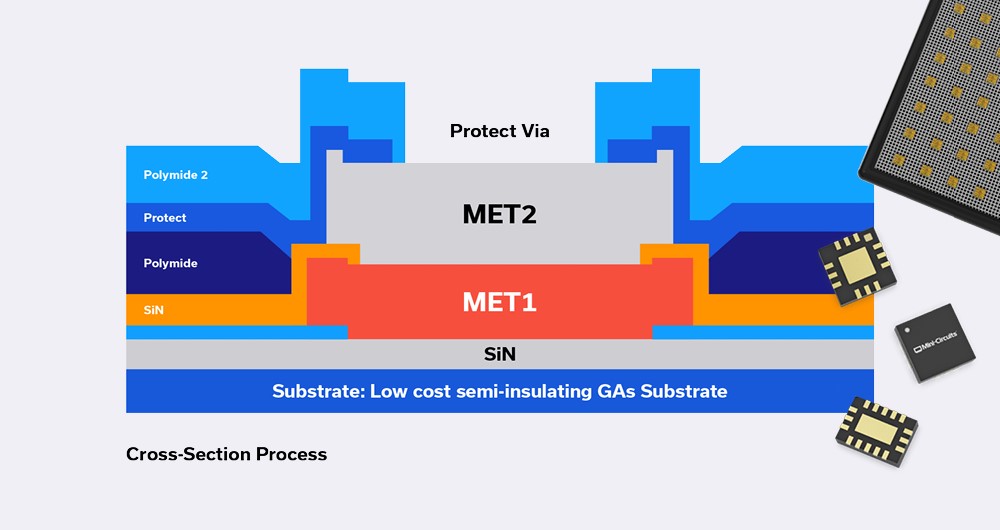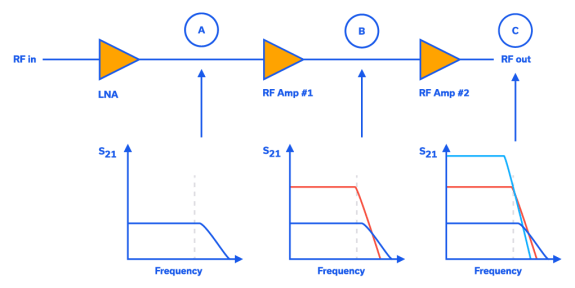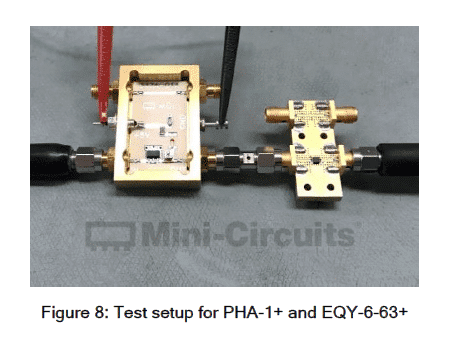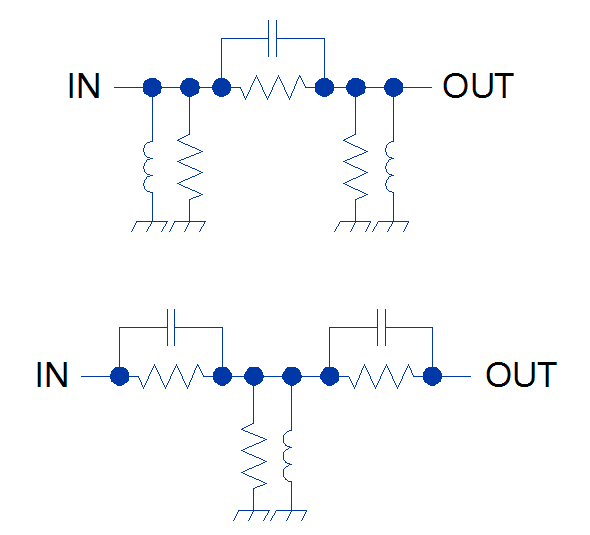BOOST YOUR KNOWLEDGE: A COMPREHENSIVE GUIDE TO RF EQUALIZERS – TYPES AND APPLICATIONS EXPLAINED

RF equalizers, also known as radio frequency equalizers, are electronic devices that are used to adjust the frequency response of an RF signal. These devices are used in a wide range of applications, including wireless communication systems, test and measurement equipment, and RF circuit design. RF equalizers can also be used to improve the performance of a system by compensating for losses or distortion caused by the transmission medium.
There are several different types of RF equalizers, each with their own unique characteristics and uses. In this blog post, we will discuss the different types of RF equalizers and their applications.
MMIC Technologies: Integrated Passive Devices (IPD)

Monolithic Microwave Integrated Circuits (MMICs) with no active elements such as transistors, and containing only passive elements such as resistors, capacitors, inductors, are referred to as Integrated Passive Devices (IPD). These devices do not need DC power to operate, and do not perform frequency conversion as in the case of frequency mixers or frequency multipliers.
What’s the big deal about IPDs? The short answer is they perform vital functions which active elements cannot such as filtering, equalization, balanced-to-unbalanced line conversion (or vice versa) and many more as we will describe later.
RF/Microwave Equalizers: An Essential Ingredient for the Modern System Designer

The need for equalization has become commonplace throughout the RF/microwave/millimeter wave frequency ranges. Modern military, satellite and wireless communications systems transmit and receive signals with relatively high instantaneous bandwidths. Gain variation across the signal bandwidth induces distortion in the transmitted or received signal because not all frequency components are amplified equally1. In other words, for multi-phase, multi-amplitude-level-modulated systems, unintended amplitude differences (i.e. due to gain changes) over the occupied bandwidth introduce errors, leading to incorrect interpretation of the signal and an increase in system bit error rate (BER)2
Positive Gain Slope Amplifiers Compensate for Gain Roll-Off in Wideband Systems

Meeting gain roll-off and gain flatness requirements over frequency is a common problem in many modern-day discrete RF transceivers. Ideally, the gain in the signal path of an RF transceiver should be flat over frequency in the band of interest. However, each component in the RF line-up has a finite bandwidth, which can cause the overall system gain response to roll-off over frequency. This is seen as negative slope in a graph of gain versus frequency. This behavior makes meeting gain flatness specifications for these transceivers very challenging to achieve, particularly over wide bandwidths.
Extending the Performance and Frequency Envelope for QFN Packaging Technology

High-performance, millimeter-wave (mmW) Monolithic Microwave Integrated Circuit (MMIC) products and cost-effective surface mount lead-frame-based packaging typically don’t come up in the same conversation, and for good reason. Just two to three years ago, it was difficult to conceive of operating at frequencies above 20 GHz without considering an expensive, open cavity, High Temperature Co-fired Ceramic (HTCC) package or resorting to more bespoke chip and wire assemblies.
Flattening Negative Gain Slope with MMIC Fixed Equalizers

Equalizers are devices used to compensate for negative gain slope in the frequency response of a wide variety of RF systems. Unlike a standard attenuator with a flat frequency response, an equalizer is a unique kind of attenuator which exhibits lower insertion loss as frequency increases with some known slope. This is a useful characteristic for system designers working in wideband applications where the gain response of circuit elements or of the entire RF chain often varies across frequency.
Compensating Frequency-Dependent Cable Loss in CATV Systems with Mini-Circuits Voltage-Variable Equalizers

In broadband communications systems such as CATV equipment, system performance may critically rely on gain or attenuation flatness. In particular, CATV systems are often plagued by issues resulting from the frequency-dependent attenuation of very long cables (increasing with frequency) as well as the negative gain slope of certain amplifiers. This negative gain slope exhibited by CATV system components can cause a variety of headaches for system designers.





